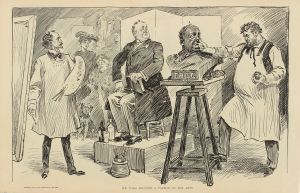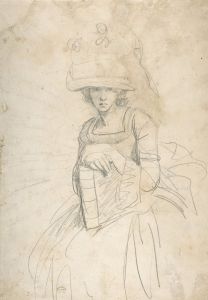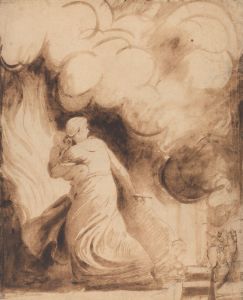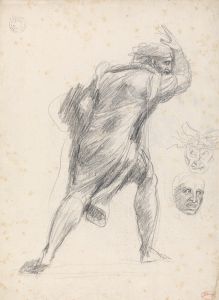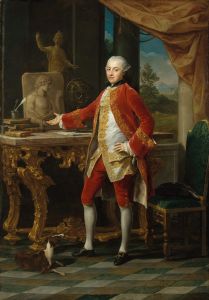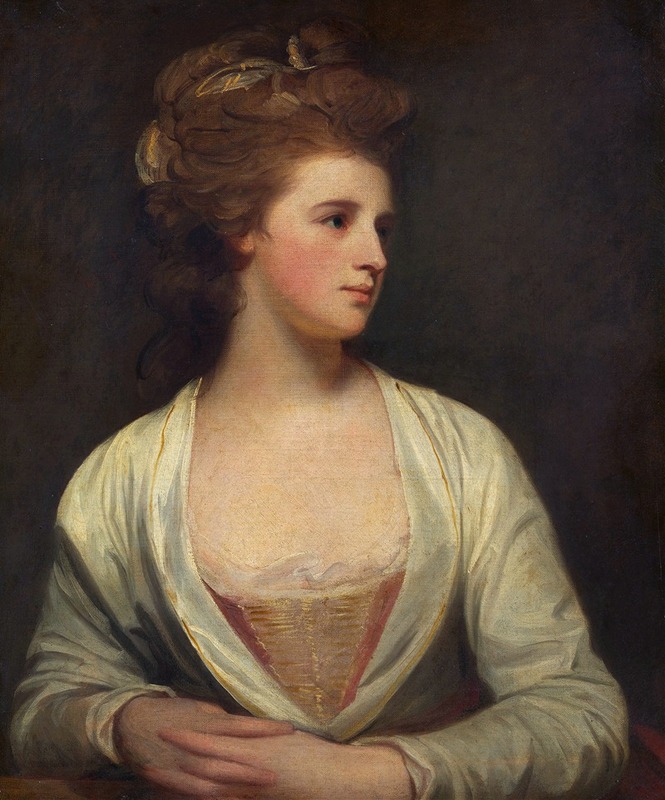
Portrait of a Woman, Said to Be Emily Bertie Pott
A hand-painted replica of George Romney’s masterpiece Portrait of a Woman, Said to Be Emily Bertie Pott, meticulously crafted by professional artists to capture the true essence of the original. Each piece is created with museum-quality canvas and rare mineral pigments, carefully painted by experienced artists with delicate brushstrokes and rich, layered colors to perfectly recreate the texture of the original artwork. Unlike machine-printed reproductions, this hand-painted version brings the painting to life, infused with the artist’s emotions and skill in every stroke. Whether for personal collection or home decoration, it instantly elevates the artistic atmosphere of any space.
"Portrait of a Woman, Said to Be Emily Bertie Pott" is an artwork by the renowned 18th-century British artist George Romney. Romney was one of the leading portrait painters of his time, celebrated for his ability to capture the elegance and grace of his subjects. His works are characterized by their refined style and often feature members of the British aristocracy and notable figures of the period.
This particular painting is believed to depict Emily Bertie Pott, although definitive identification of the sitter remains uncertain. The title itself suggests a degree of ambiguity, as it is "said to be" Emily Bertie Pott, indicating that while there is some historical attribution, it may not be conclusively verified. Such uncertainties are not uncommon in art history, especially with portraits from this era where documentation may be limited.
George Romney's portraits are known for their delicate use of color and light, and this painting is no exception. The subject is portrayed with a serene expression, typical of Romney's style, which often sought to idealize his sitters. The composition likely features the soft, flowing drapery and subtle background elements that are hallmarks of Romney's work, designed to focus attention on the subject's face and expression.
Romney's career flourished in the late 18th century, a time when portrait painting was in high demand among the British upper classes. His clientele included many prominent figures, and his ability to capture the likeness and personality of his subjects made him a favorite among the elite. Despite his success, Romney was known to be somewhat reclusive, preferring the company of his art to the social circles of his patrons.
The painting's provenance, like many works of its age, may have seen it pass through various collections over the centuries. It is important to note that the historical records of ownership can sometimes be incomplete, contributing to the challenges in confirming the identity of the sitter.
Romney's legacy as an artist is well-established, with his works held in major collections and museums around the world. His portraits continue to be studied for their artistic merit and as cultural artifacts that offer insights into the fashion, aesthetics, and social dynamics of 18th-century Britain.
In summary, "Portrait of a Woman, Said to Be Emily Bertie Pott" exemplifies George Romney's skill as a portraitist, capturing the elegance and poise of his subject with a refined artistic touch. While the exact identity of the woman remains a matter of some speculation, the painting stands as a testament to Romney's enduring influence in the realm of portrait art.





